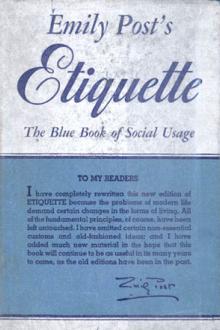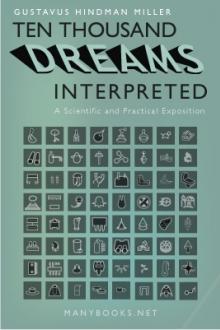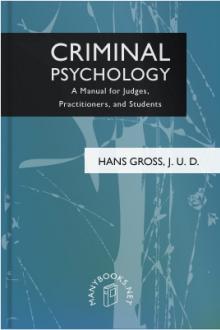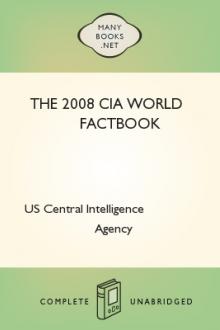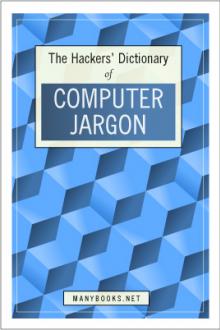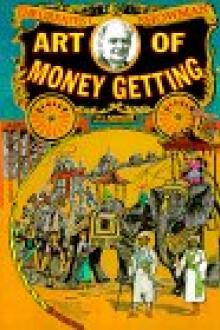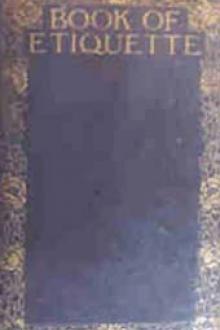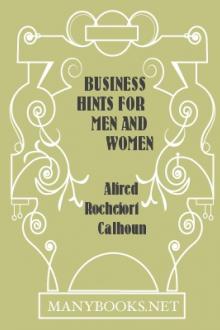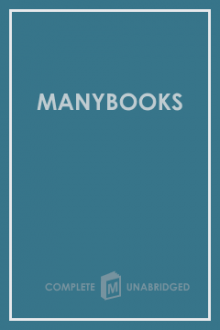Hygienic Physiology
Book Excerpt
If the bone be burned in the fire, thus consuming the animal matter, the shape will still be the same, but it will have lost its tenacity, and the beautiful, pure-white residue [Footnote: From bones thus calcined, the phosphorus of the chemist is made. See Steele's "Popular Chemistry," page 114. If the animal matter be not consumed, but only charred, the bone will be black and brittle. In this way, the "boneblack" of commerce is manufactured.] may be crumbled into powder with the fingers.
FIG. 2.
[Illustration: _The Thigh Bone, or Femur, sawed lengthwise._]
We thus see that a bone receives hardness and rigidity from its mineral, and tenacity and elasticity from its animal matter.
The entire bone is at first composed of cartilage, which gradually ossifies or turns to bone. [Footnote: The ossification of the bones on the sides and upper part of the skull, for example, begins by a rounded
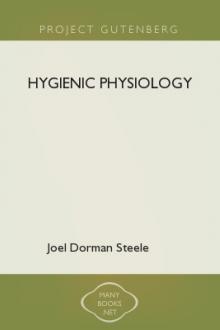
 Free Download
Free Download











